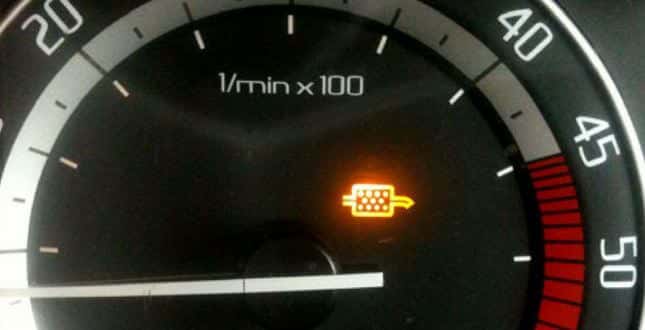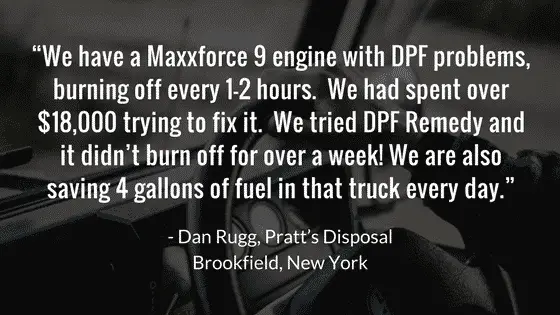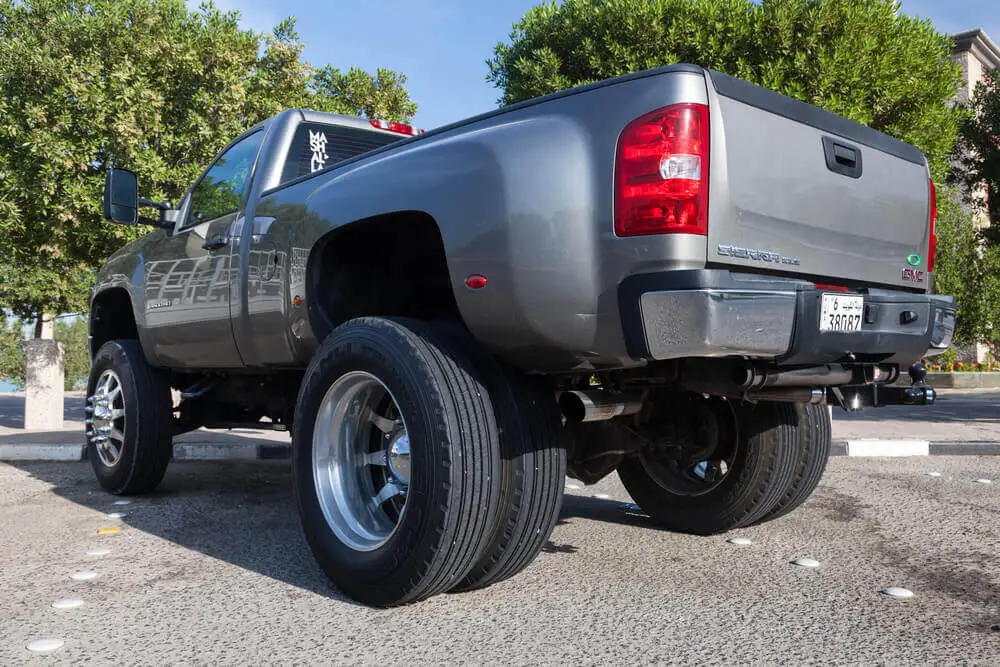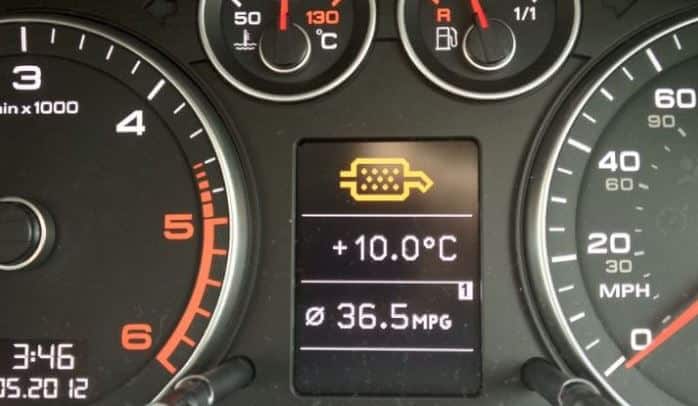
Table of Contents
Intro
Many new and seasoned diesel truck owners wish to find out the answer to the question - how long does DPF regeneration take on my truck?
The short answer to the question is DPF regeneration can take anywhere between 30 to 45 minutes depending on the soot level accumulated in your truck’s DPF filter.
A thorough read of this guide will help you become acquainted with why DPF regeneration takes this long, what’s happening during regeneration, and as a result, you’ll be a more informed diesel truck owner.
How long does DPF Regeneration Take?
Active regeneration and parked regeneration both take approximately 45 minutes to complete. Again, it depends on what temperature degree your DPF filter needs to reach to burn off the soot.
Trucks equipped with a fuel-borne catalyst take less time and consume less fuel. On average, a truck without a fuel born catalyst takes 1112 degrees Fahrenheit complete regeneration whereas a truck equipped with a fuel born catalyst only needs to attain approximately 650 degrees Fahrenheit.

How long does DPF Regeneration Take
However, keep in mind that active regeneration requires the truck to be operating at highway speeds for the duration of the regeneration procedure for it to complete.
This may seem simple for the heavy-duty truck owner, but medium-duty truck owners may need to resort to the parked or stationary regen.
What Is DPF Regeneration?
DPF regeneration is the process of removing soot built up over time from the diesel particulate filter. It is done in one of three modes; passive, parked, or active. How long a DPF regen can take will depend on the type of filter you have installed in your truck.

How long does dpf regeneration take
Some varieties of filter construction types include cordierite wall flow, silicon carbine wall flow, partial, metal-fiber flow through, and ceramic fiber.
For example, if you have a Freightliner truck, you will see a specific icon light display on your dashboard signaling you that a regen is needed. Many of the vehicles built today are either passive or active regen configurations, but sometimes a parked regen is necessary.
How Does DPF Regeneration Work?
There are several ways a regeneration of the DPF filter can take place. It is almost entirely dependent on the manufacturer and how they have proceeded with the onboard filter management system configuration.
One-way regeneration works are through the increase of exhaust temperature that burns off the soot by injecting fuel later in the exhaust stroke cycle.
Another method includes the use of a fuel borne catalyst converter to lower the level of temperature heat required to burn out the soot.
This keeps the truck cool during regeneration.

Dpf regeneration how long does it take
Other methods include the use of a fuel burner, catalytic oxidizer, and resistive heating coils. Mostly the purpose of these technologies is to accomplish the task of increasing the exhaust temperature to burn the soot into ashes.
Either way, all onboard active regenerations configurations use extra fuel than a non-DPF truck usually by heating the filter directly or through the DPF’s electrical system.
A very viable and very recommended way to reduce the amount of fuel consumed due to regeneration is to install a fuel borne catalyst. Fuel borne catalysts as mentioned earlier minimizes the temperature level needed to burn off the soot. As a result, less energy is consumed, and less fuel is burned.

How long does dpf regeneration take
Now to explain the actual chemical processes that take effect during DPF regeneration. Again, this may vary depending on the type of DPF configuration in your truck.
However, in most passive DPF regen cycles chemical reactions occur in the engine’s after-treatment system which is comprised of the DPF, DOC, and SCR.
Nitrogen monoxide from the exhaust gas undergoes catalyzation in the DOC to create nitrogen dioxide. The nitrogen dioxide reverts to nitrogen monoxide when it enters the DPF where it is burned into soot ash deposits.
Does Active Regeneration Mean the DPF is Failing?
Active Regeneration should be required on a very infrequent basis. If active regen needed’ is showing up on your truck’s icon dashboard then it may mean the DPF is nearing its lifecycle end.
The primary cause of active regeneration is due to low exhaust temperatures that are not naturally high enough for it to oxidize the soot through passive regeneration.
For this reason, you should check if you have a fuel borne catalyst installed, if not you could be risking a premature end to your DPF filter.
Diagnosis of DPF And Regeneration Methods
To avoid confusion that your DPF could be over-fill or not, you can do some diagnosis test.
Many vehicle manufacturers install a warning light sequence in the vehicle but still, you should always check the handbook. Below are the sequence steps:
- If you see DPF light turned on that means regeneration is required.
- Every vehicle manufacturer provides a handbook for the vehicle. You need to read it carefully. Sometimes it contains a solution for different problems. For example, ‘Drive for 10 minutes at a speed of 40mph’.
- If the DPF is filled almost 90% or the weight of accumulation is 45g, then you need to replace DPF.
- When the engine management and coil light turned on with the loss of power, ‘limp home mode’ will engage. It will display a warning sign of ‘DPF soot loading too high’.
Regeneration Process
To increase these filter’s efficiency, DPFs undergo a process which is known as the regeneration process.
Below are the 3 different regeneration processes:
- Active Regeneration Process
- Passive Regeneration Process
- Force Regeneration Process
Active regeneration process occurs when the car is not in use. Active regeneration time completes in 10 minutes.
Passive regeneration happens during driving. When the DPF has too much accumulation of ash then there is no other option then force regeneration. A professional can carry-out force regeneration by the help of a computer or he/she can do it manually.
Conclusion
If there is or there seems to be a problem with the regeneration of your DPF filter, it is vital you seek the help of your local technician to avoid damage to your engine or DPF system.
When performing your DPF regeneration make sure that you always use the correct low ash, low sulfur engine oils.
Keep a regular check-up on your EGR valve as that is a typical place regeneration cycle can be impeded. DEF should also be at the ¼ level at a minimum and enough diesel in the tank to give the after treatment system enough energy to burn off the soot.
 by
by